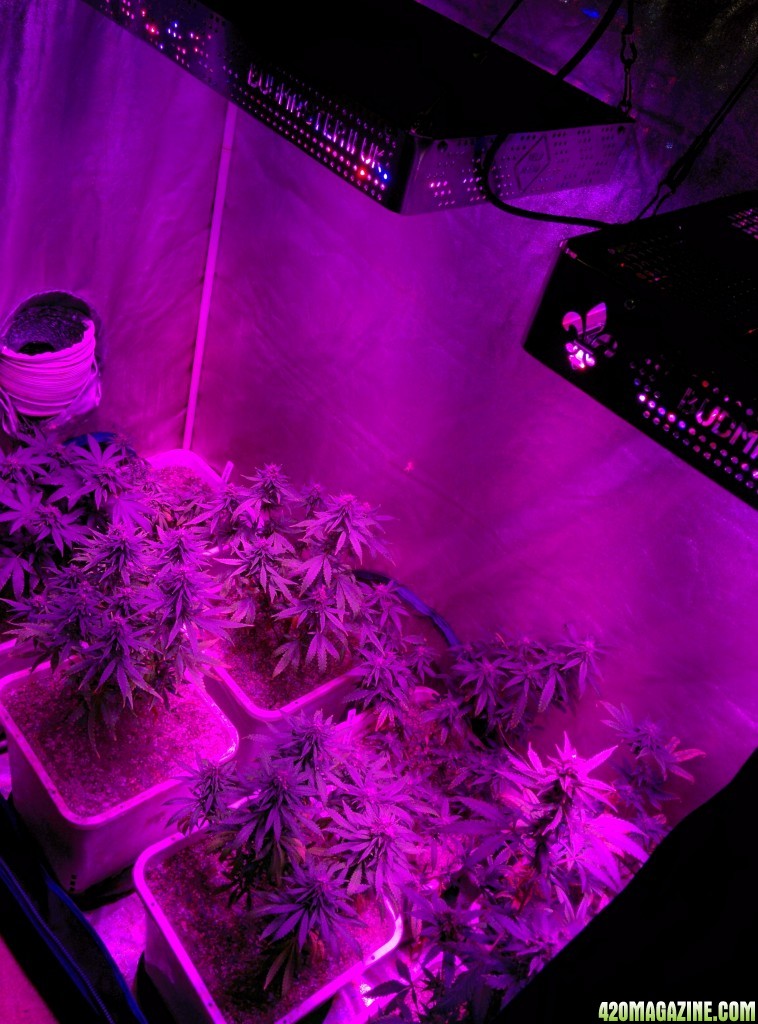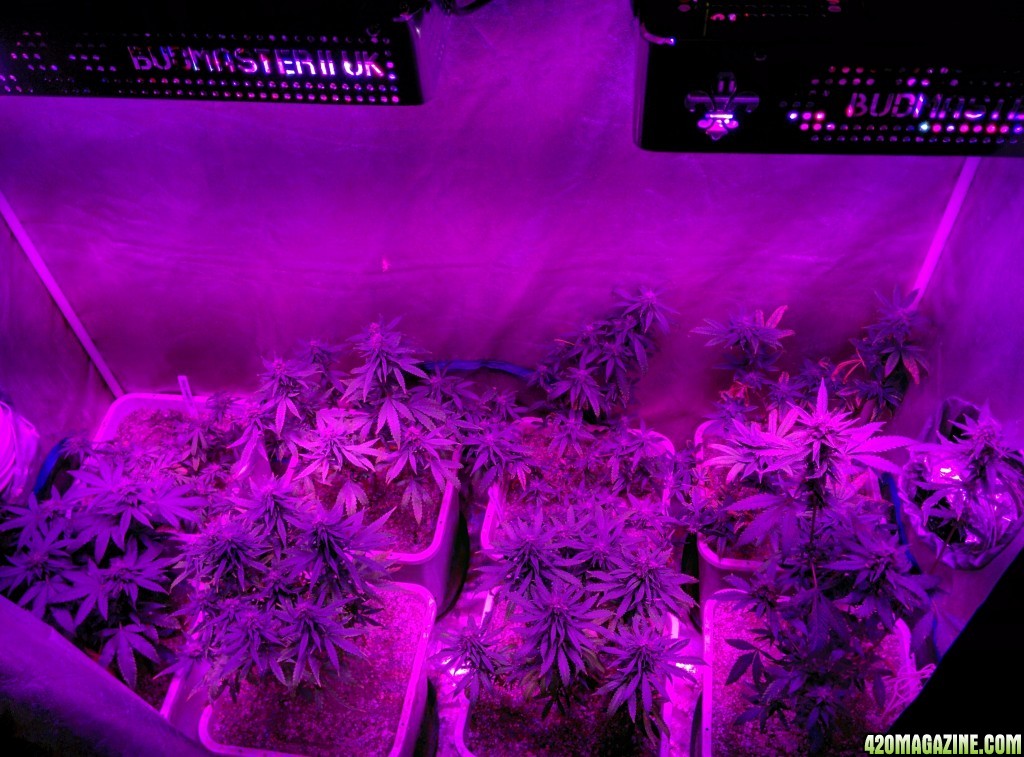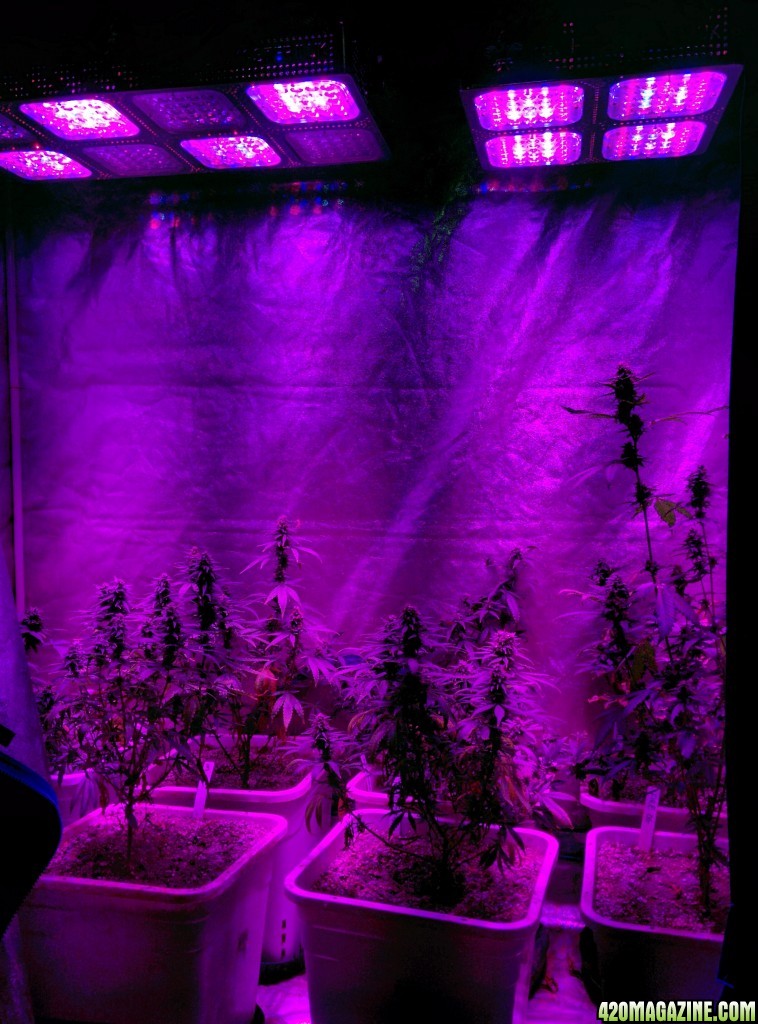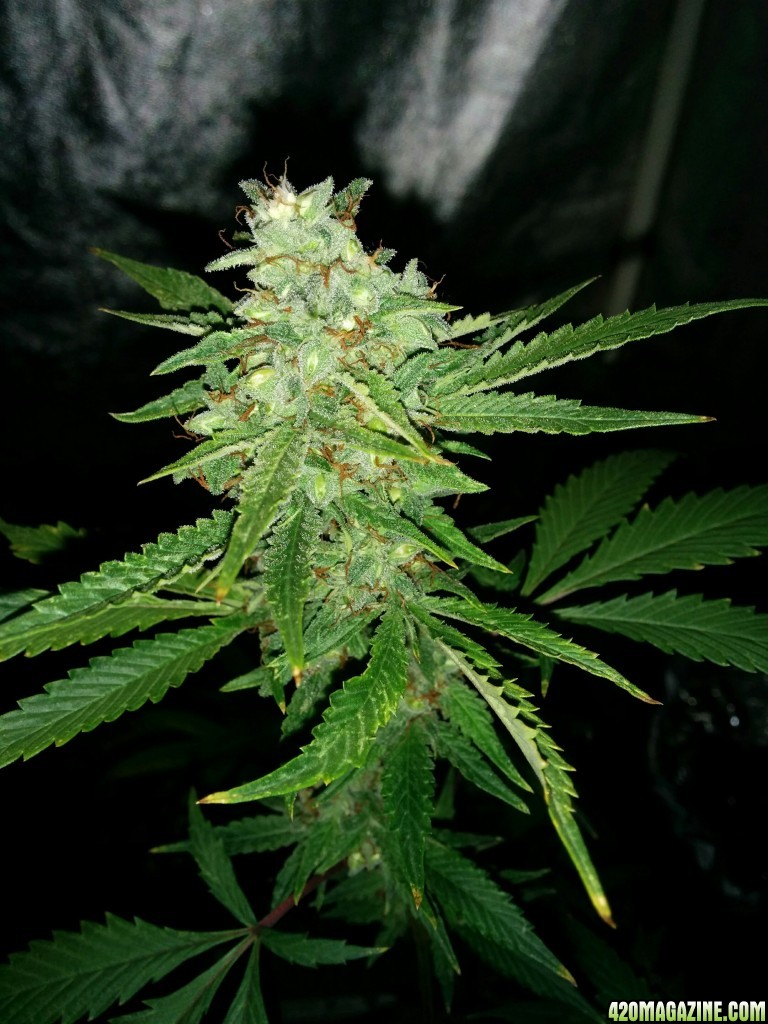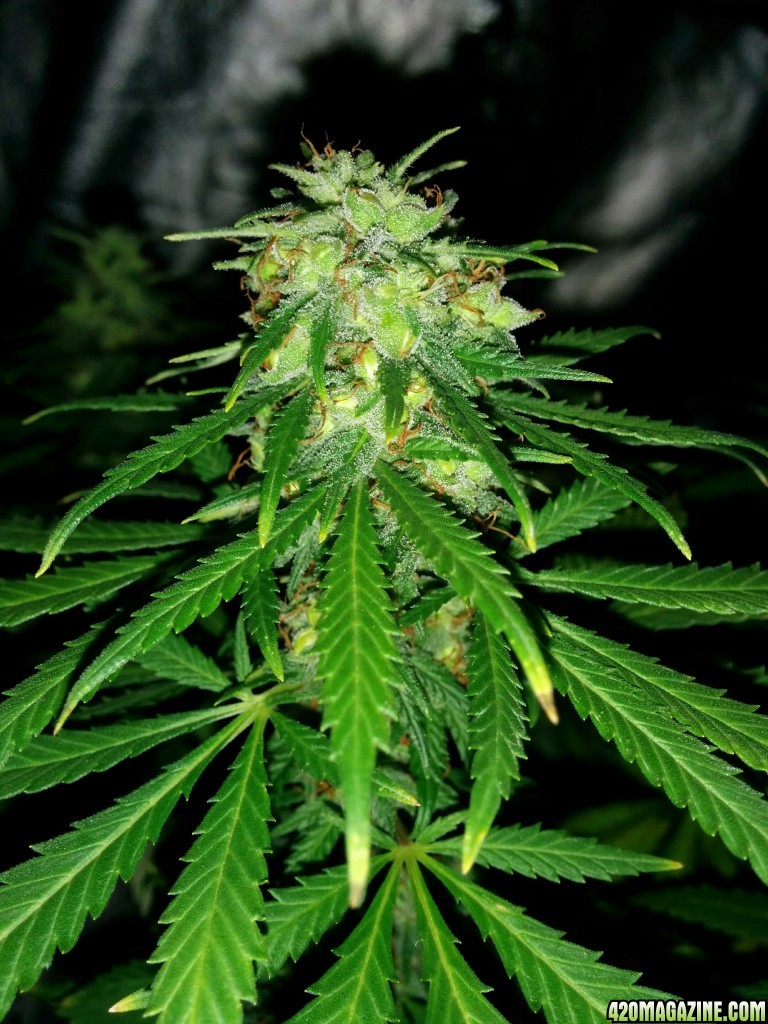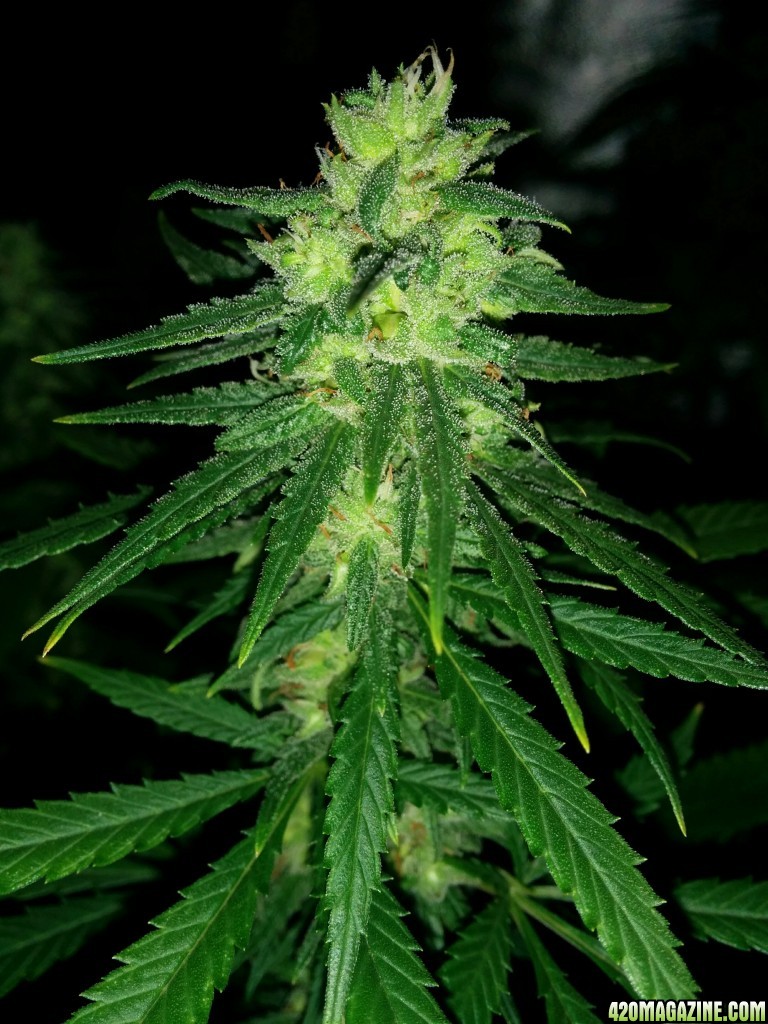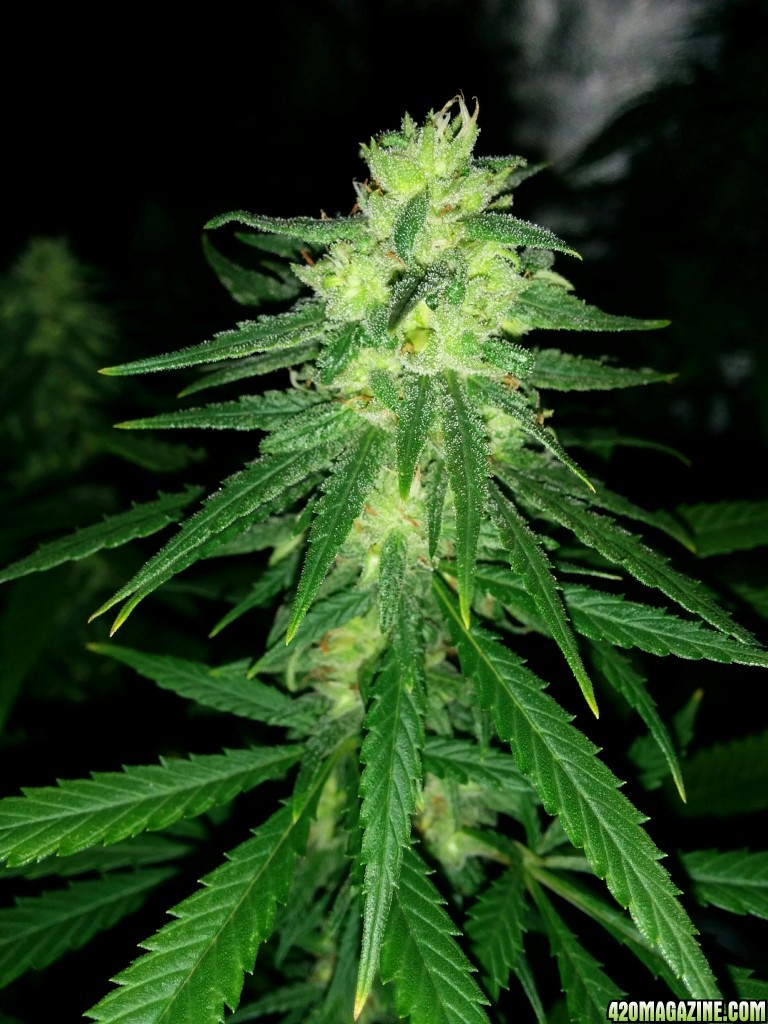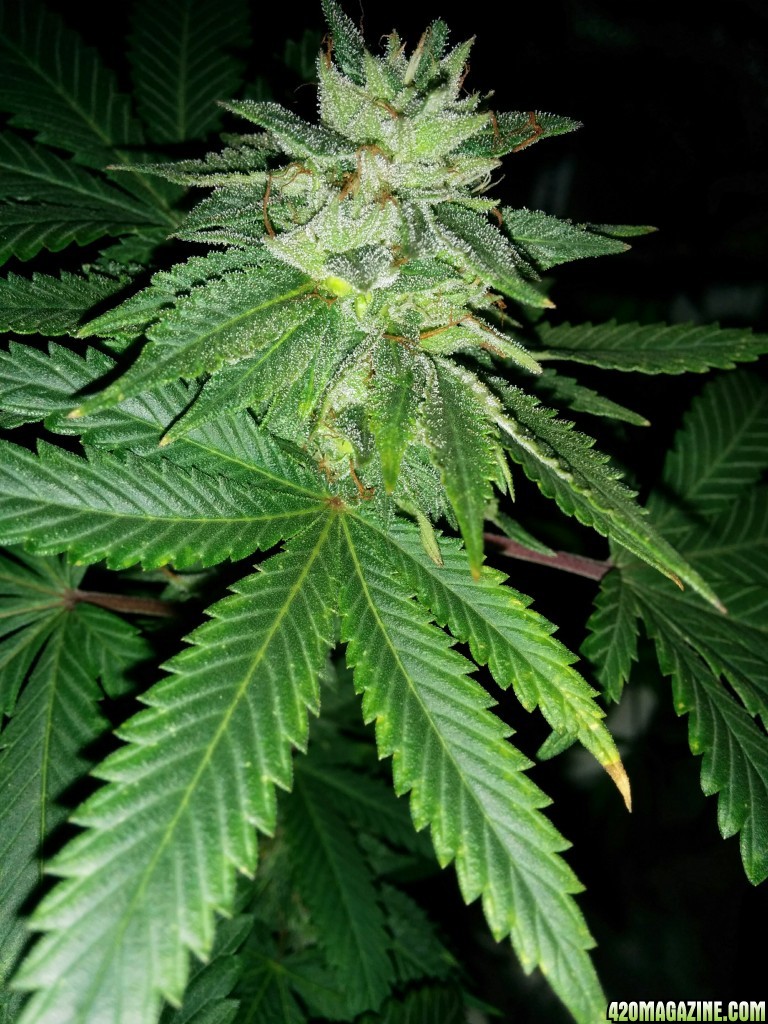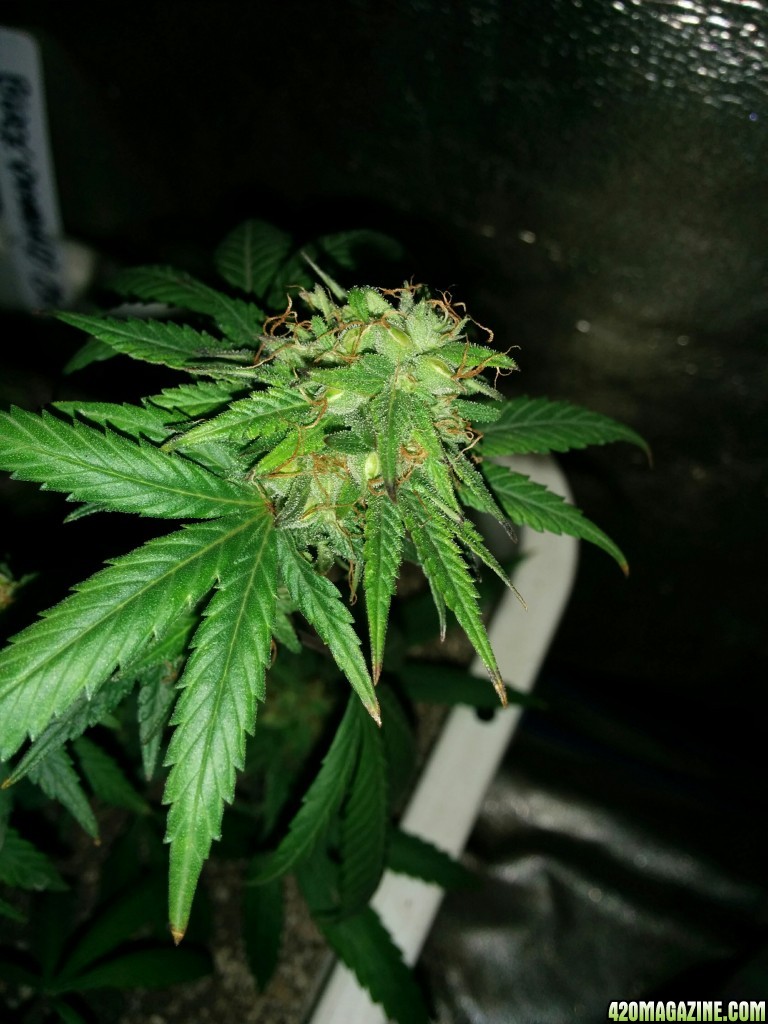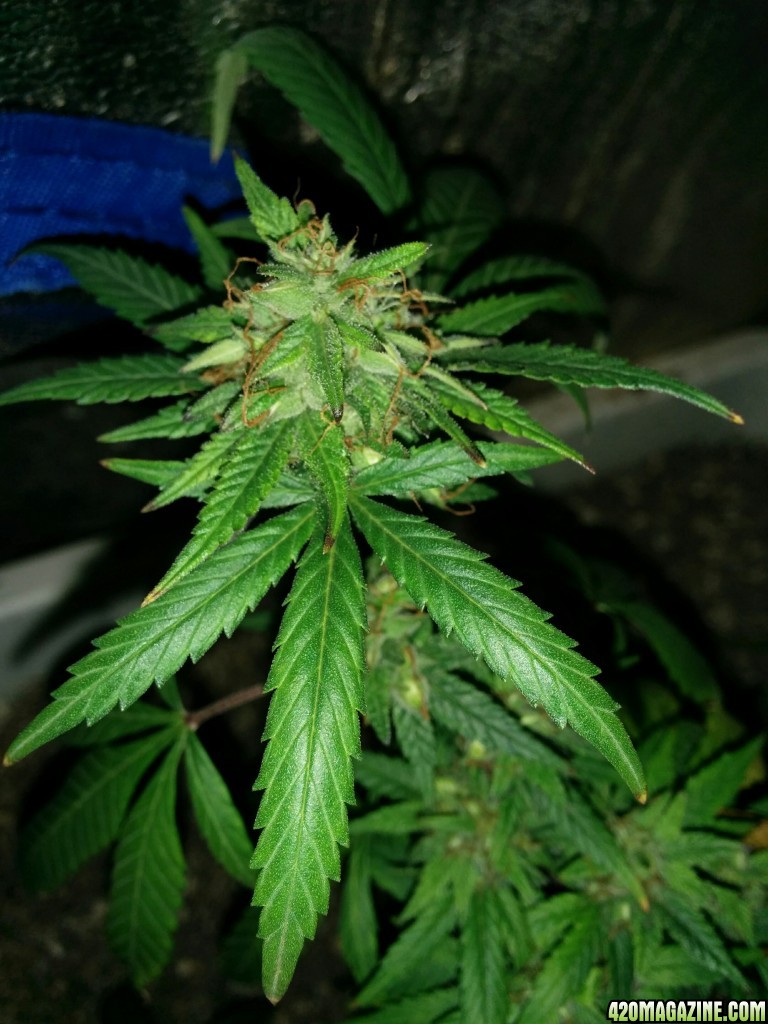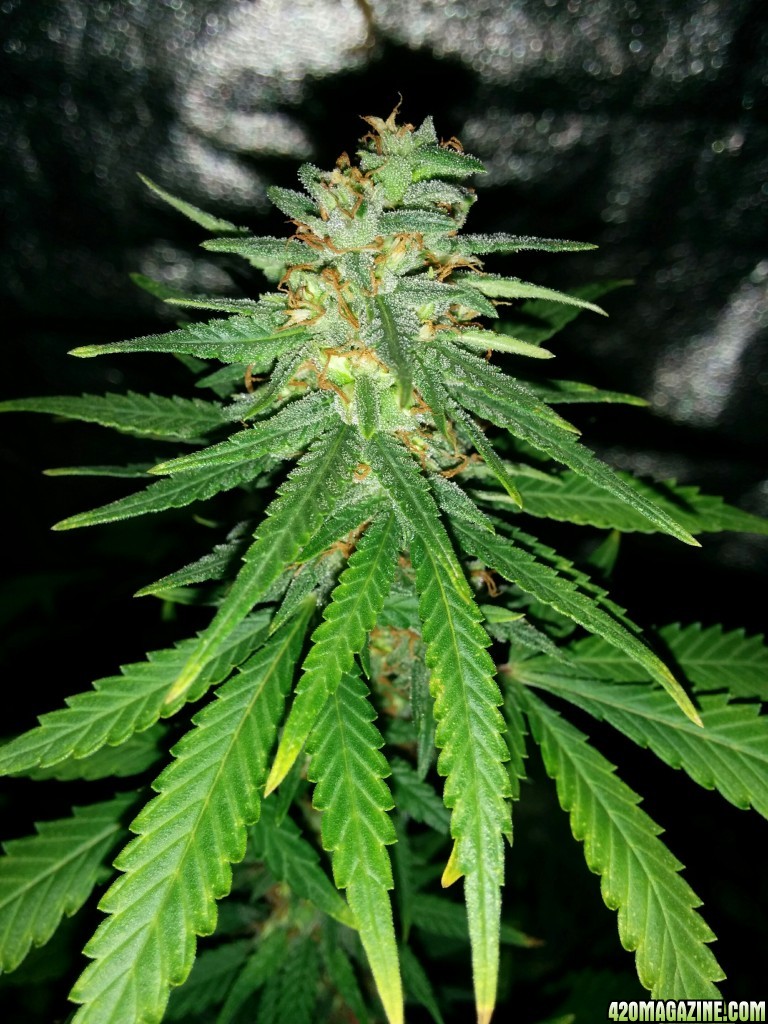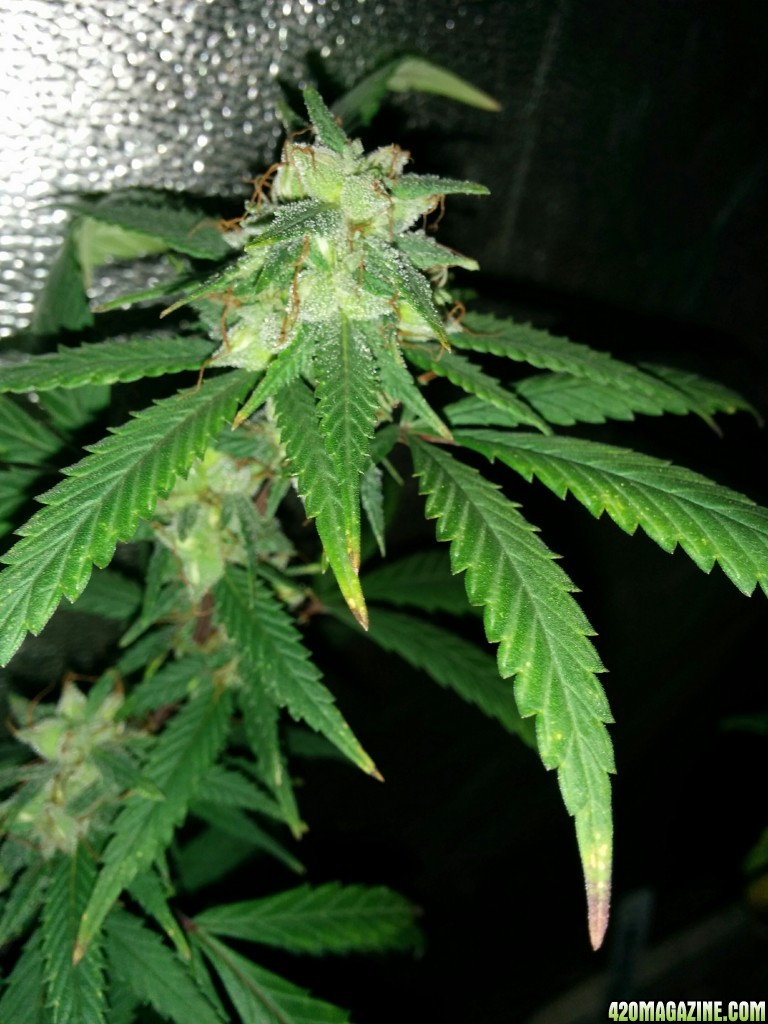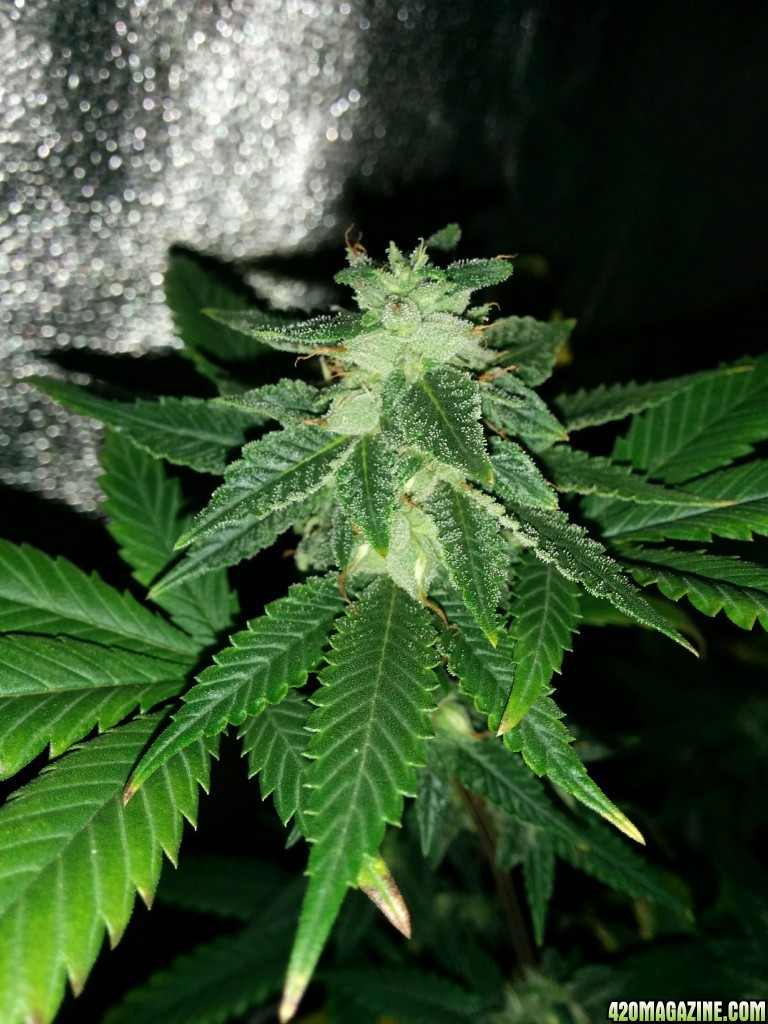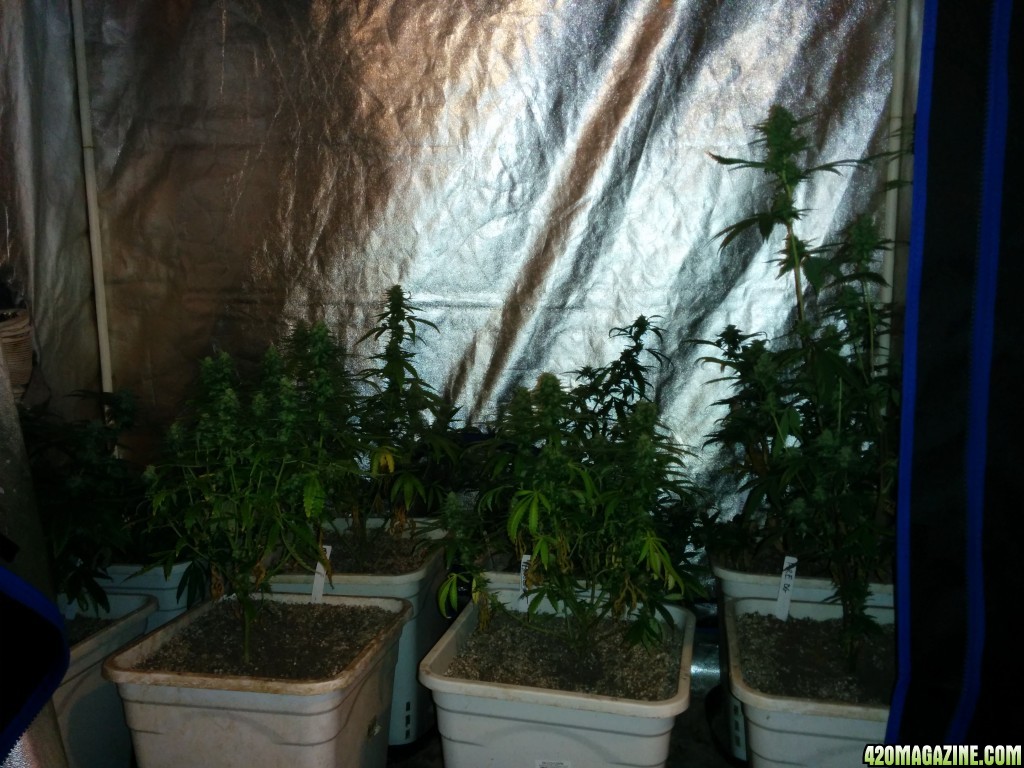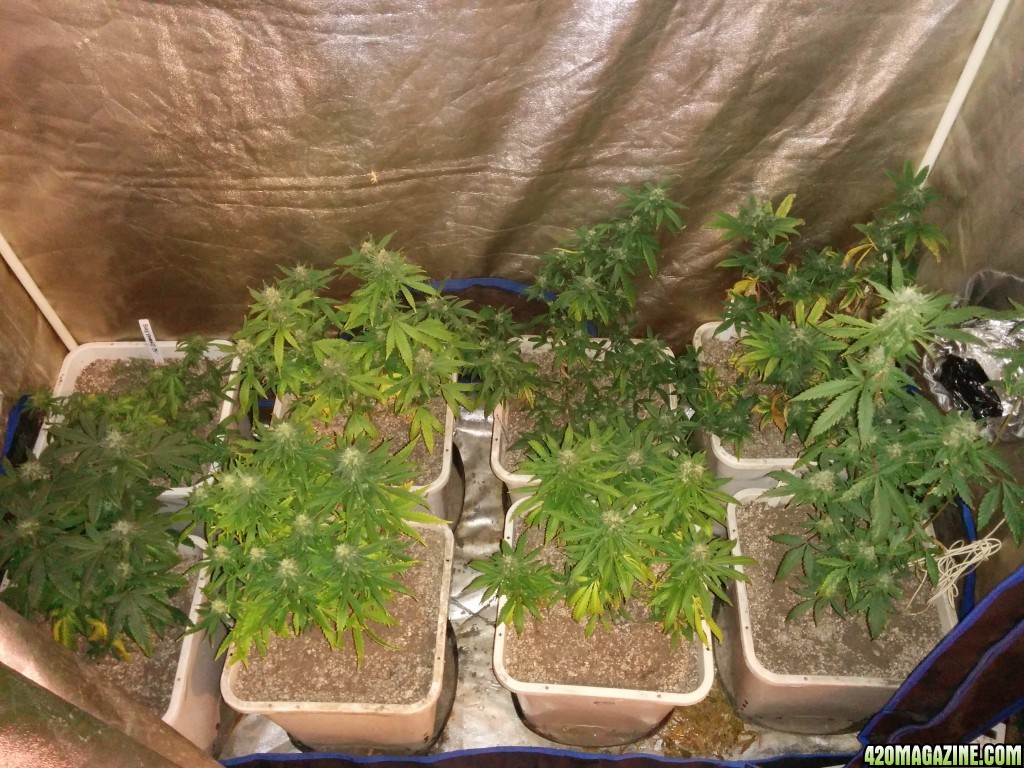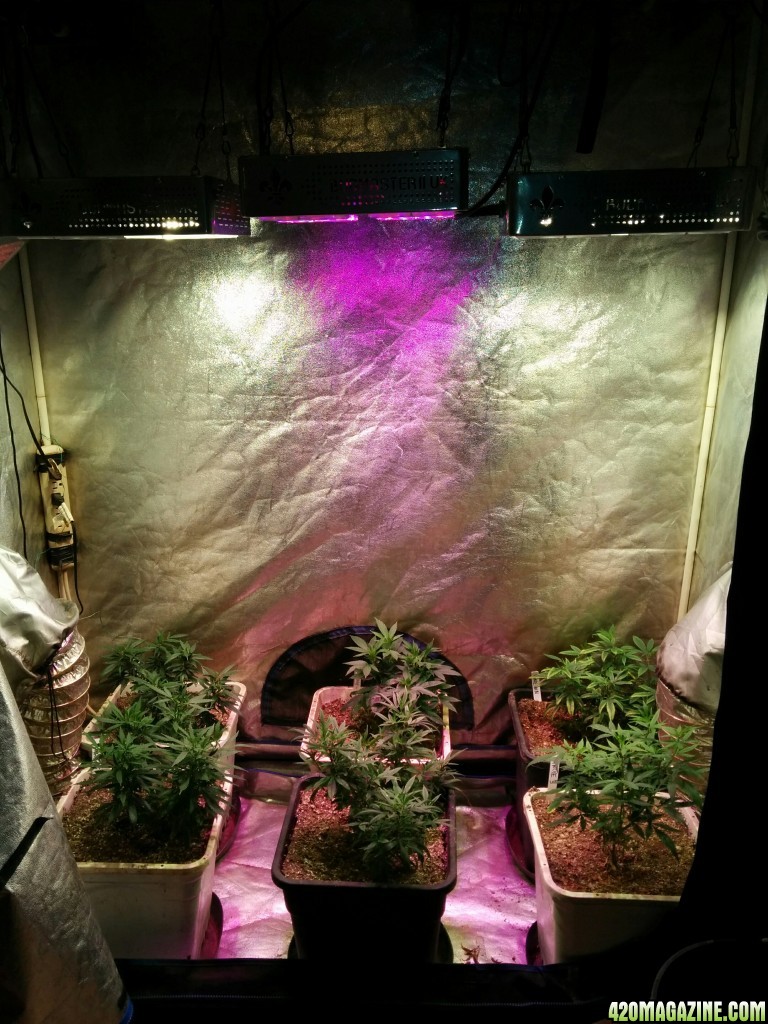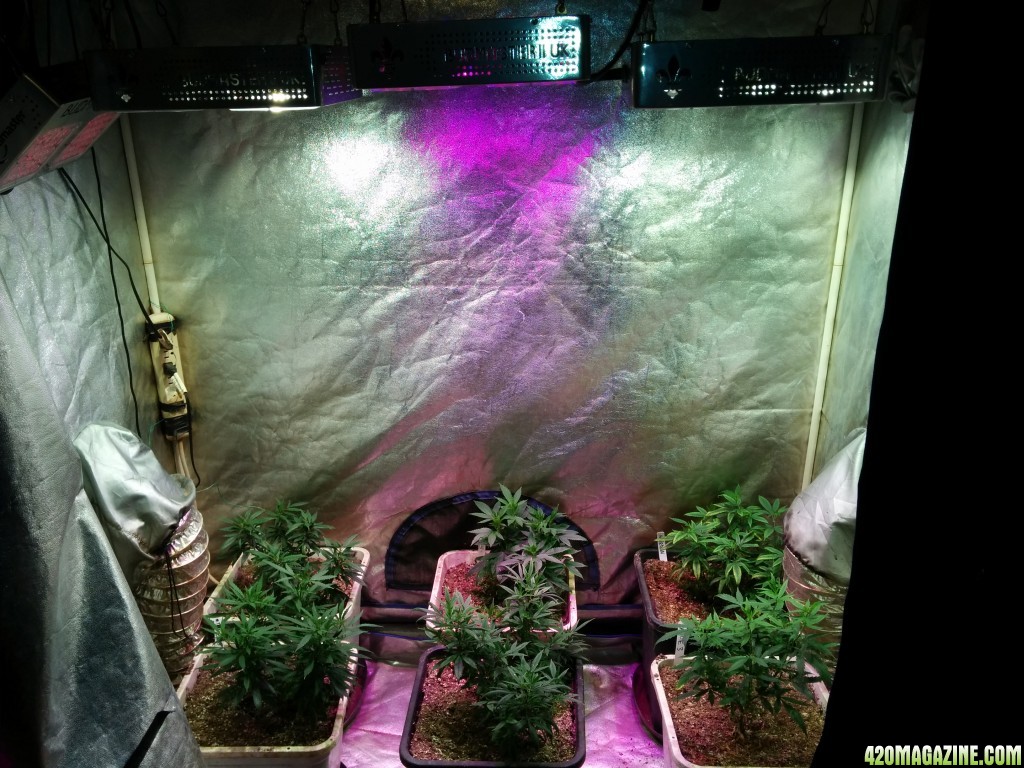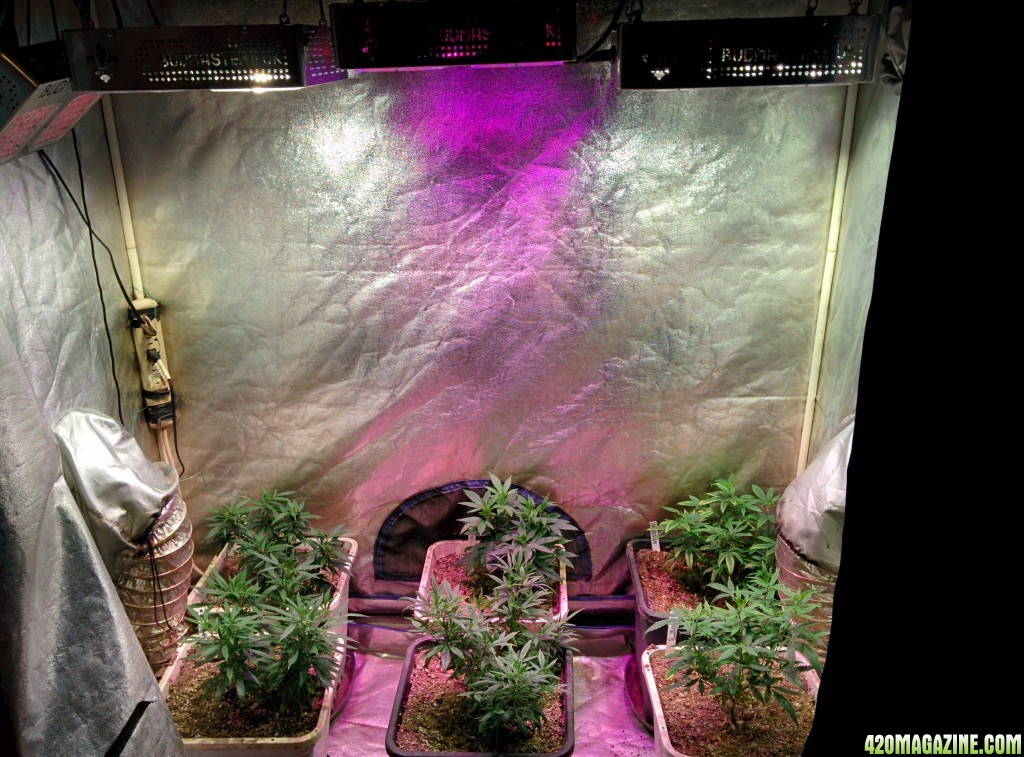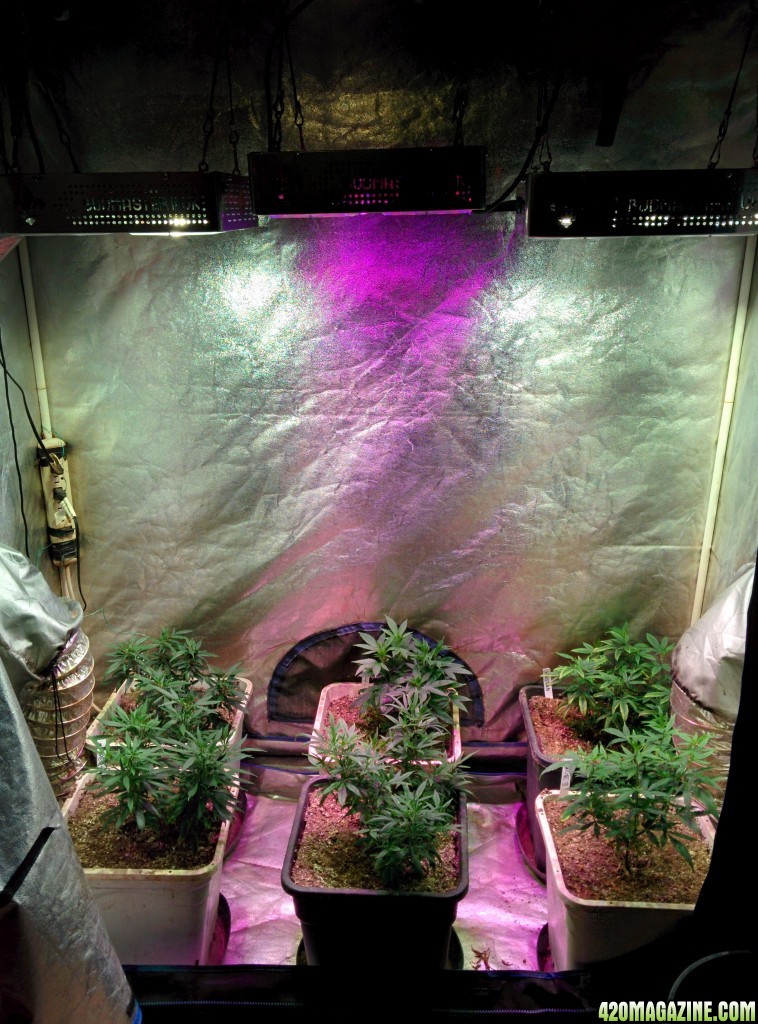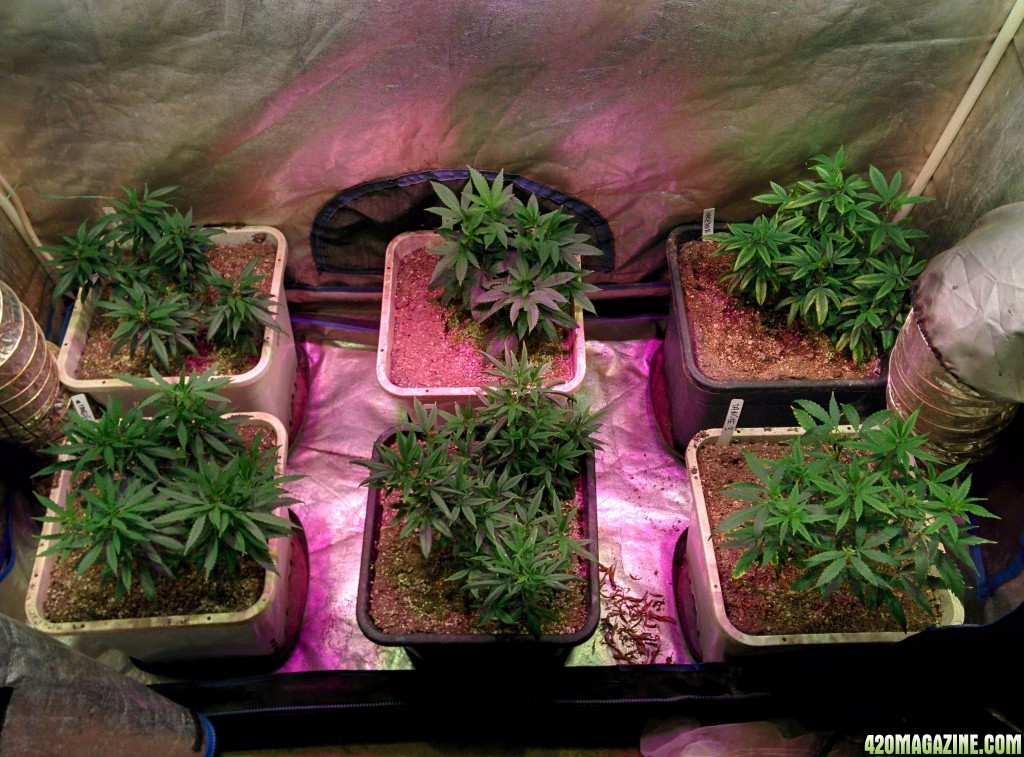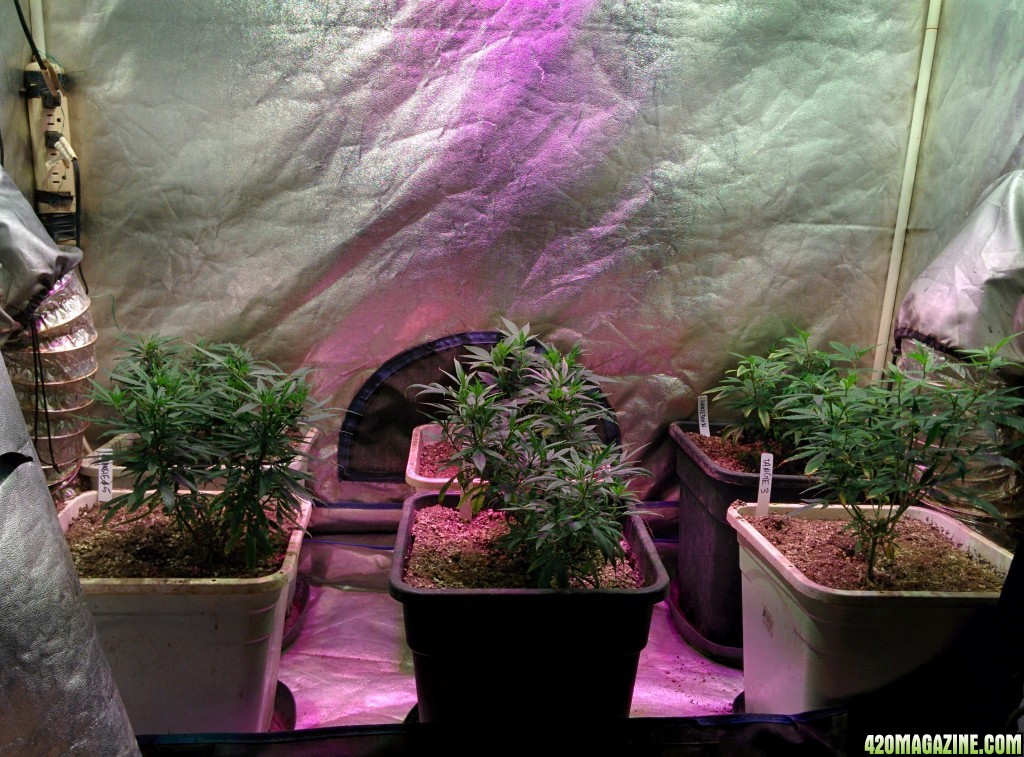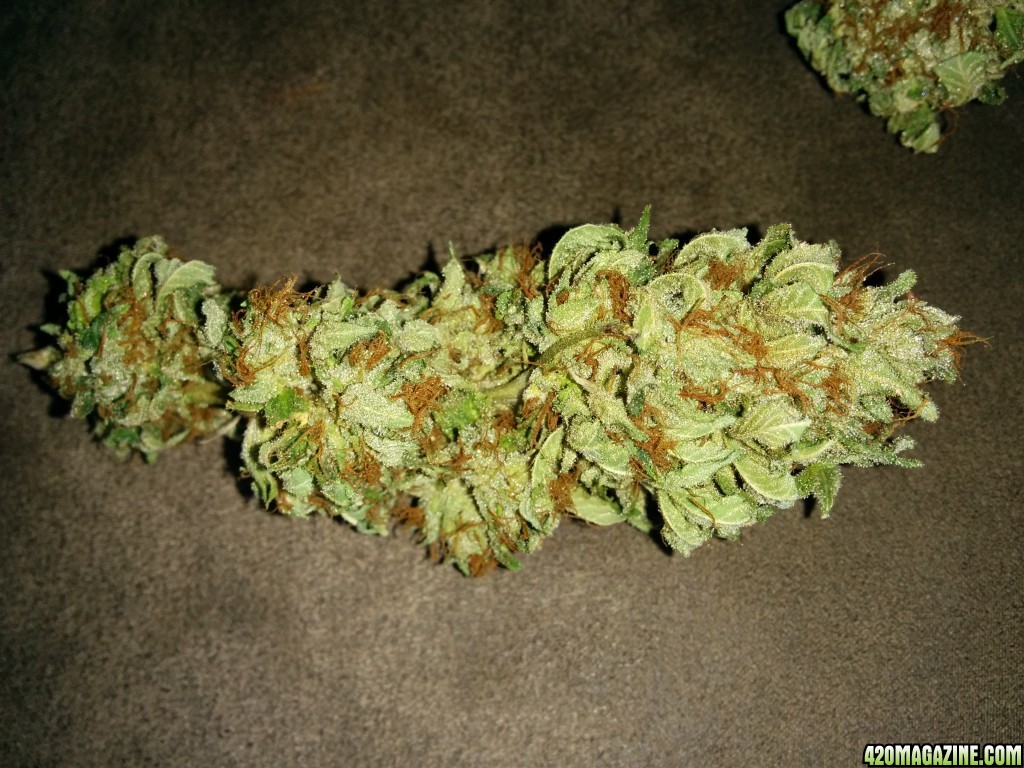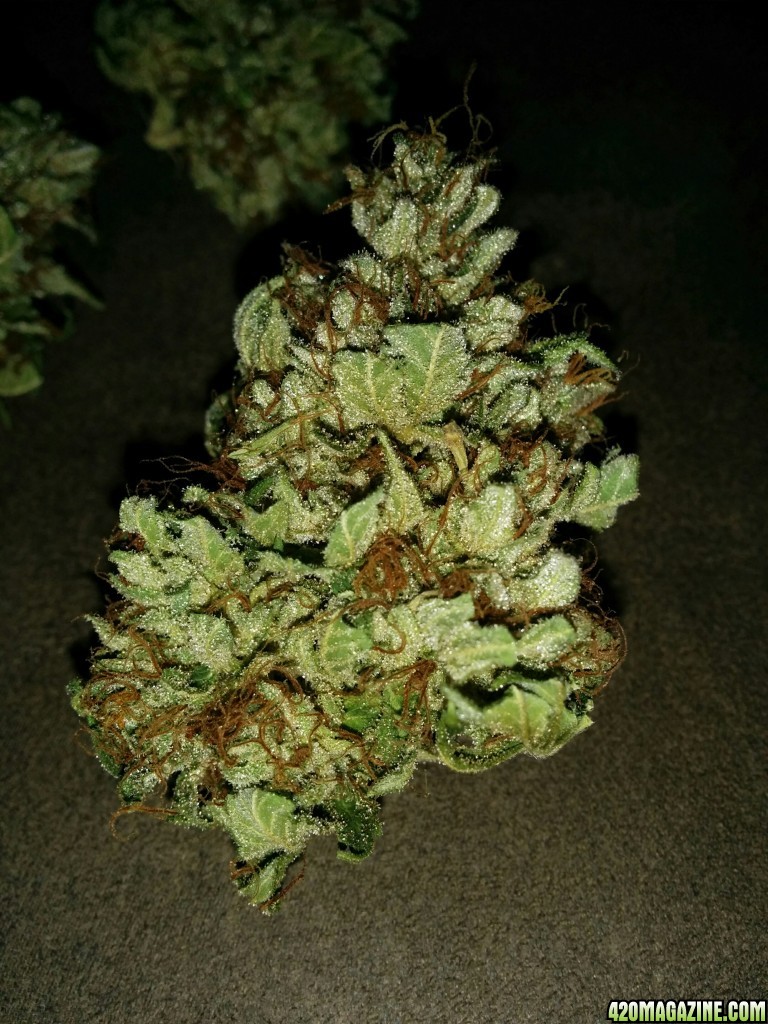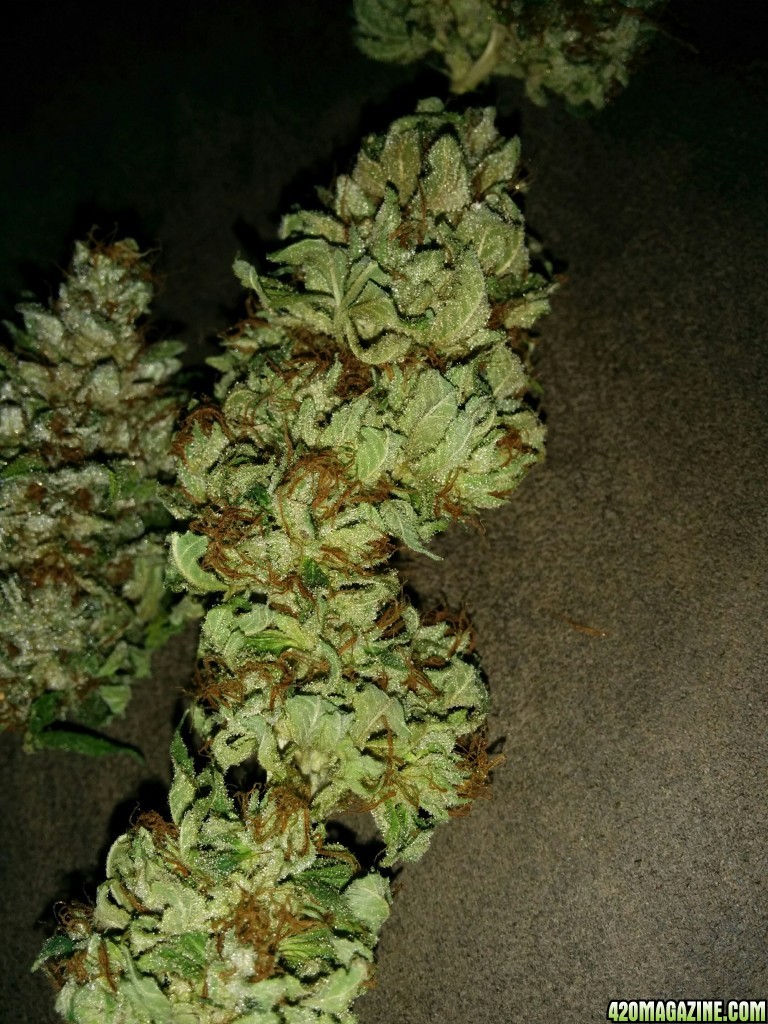Re: Icemud LED Grow Featuring The All New Budmaster COB Technology - White Full Spect
Here is a writeup that I did in another thread here, but figured since I test LED's I would share the info...
The topic was on choosing the best LED grow light...
Suggestions on choosing the best LED light.....
1. The company has been in business at least 2-3 years minimum. In the LED industry, I would estimate that at least 70% of these companies fail before the 2 year mark. Also, if the company has been around for over 3 years, make sure they are also introducing new technology and models every so often. Last thing you want to do is buy a LED grow light that is 4 years old as its already outdated and less efficient that current models.
2. Make sure the company provides a good warranty, and has a history of upholding the warranty terms. Some companies I have seen over the years constantly change, modify and update their warranty which leads to unhappy customers, issues with compliance, and customer service issues. If a company doesn't honor their warranty, chances are someone voiced their opinion online about it, so reasearch is you
3. Google the companies name and add the word "issues, scams, problems, or troubleshooting" after the company name and see what pops up. Many times these 4 keywords will pull up a host of issues if they exist.
4. Find out if the company actually makes their own lights, or what role they have in the design. I would estimate that about 85% of the LED grow lights on the market are NOT made by the companies selling them. Many times you have LED grow lights made in China, purchased at wholesale prices by a "company" in the USA, and then a name brand is added to the product, a few LED diode colors are change to make a "proprietary spectrum" and then it is resold and rebranded at about 4-5x markup. If the company doesn't make the lights themself, or doesn't even design them, and just buys premade lights...the chances are pretty great that you are getting ripped off, and that the company will not last if the products fail.
5. Know the PPFD of the LED light, and request a 4'x4' grid showing PPFD measurements at least every square foot on the chart. This is the ONLY ACCURATE way to measure plant lighting intensity. You can guess with watts per square foot, but this is not accurate and in NO WAY will translate to how a plant uses light. PPFD is the way that major agriculture and horticulture companies, as well as scientists and plant researchers measure light. If a company does not have a 4'x4' grid (at different heights) showing PPFD, then request they provide it. Without this valuable piece of data, your guess is about as accurate as their "recommended coverage" which 9 times out of 10 I have found is misleading and overestimated. For a 12/12 schedule (flowering) you want to see at least 500 micromoles/m2/s-1 for a PAR measurement, ACROSS THE ENTIRE 4'x4' AREA minimum, NOT JUST THE CENTER. Most LED enthusiasts and knowledgable lighting guru's go for 800 micromoles/m2/s-1 across the ENTIRE CANOPY and if you are using CO2 1100 micromoles/m2/s-1 to 1500 micromoles is ideal and the max.
6. Choose a light that is full spectrum. Plants use ALL wavelengths of light between 400nm and 700nm, INCLUDING GREEN. Also your LED grow light should have 720-740nm (far red) leds, commonly mislabeled as IR or Infrared.
7. Consider why you want LED in the first place. LED typically is a investment and not the cheapest route for plant lighting. If you are looking for an economy plant light, stick with HPS or CMH as it will usually provide much better coverage and yield for the costs. LED typically pays for itself over time, as you don't have to replace bulbs every year and typically can reduce power by around 20% to get similar yields as HPS. This savings does take time, and the inital cost is very high with LED. So consider why you want to go LED, and if it makes financial sense.
8. Choose the right LED setup... LED is like a bunch of mini spotlights, as the light is very directional and doesn't spread very far due to the beam angles of the LED chips. So consider your growing style when buying led lights. If you grow very large, 4' bushes indoors then the best route to go is 1 single very powerful wattage LED above each plant, and possibly side lighting LED's to increase intracanopy penetration. However if you grow in a scrog fashion, or sea of green, instead of getting 1 extremely powerful light, its better to get a handful of lower wattage LED lights. The reason is penetration, and coverage area. A high wattage LED will have more "throw" of the beam, meaning the intensity will carry further than a lower wattage light, however being its only a small surface area of "mini spotlights" the light will not cover a very large area as most LED's (other than COB's) only may spread about 1 1/2x as large as the light dimensions themself. So for a single large plant, a powerful, high wattage panel is the best choice. For grows like scrogs, small plants or sea of green growing, where penetration is not important, but coverage area is, then the best choice is a bunch of lower wattage LED lights which will have less "throw" of the beam, but will cover a much greater surface area with a much more even spread of light. Usually when consulting growers who ask about what light is best, this is one of the first questions I ask, is what is your grow style, how large do you grow your plants, do you train them with scrog/topping/LST, and is it just a few huge plants or a bunch of tiny plants. By answering this question it usually allows for me to give a better consultation on what light to choose. Again, as I mentioned before, by having a PPFD chart over a 4'x4' grid, this tells exactly what coverage area you can expect, as well as what your penetration will be like.
9. Passive vs Active cooling. Most current LED grow lights feature Active cooling, involving fans that force air past the heatsinks to cool the LED's down. There are very few passive cooling LED's on the market today but they are starting to make their way into the market. Even though this is not a major considerations, it could be, especially for commercial and industrial cultivation centers, as the more moving parts on a LED light, the more chance for a fan failing, causing the light to overheat and have problems. So for most home growers, this is not a major concern as you may only have a few lights, but if you are running a 10,000sq ft warehouse or so, then its a very valid concern. Now a drawback to home growers with passive cooling, is that lights with passive cooling require much larger heatsinks to keep the LEDs at an optimal running temp. This limits the space and many times veritcal height that a home grower can work with. Again this is not a huge concern, but something worth mentioning.
10. Don't EVER believe a LED companies claims, stats, data or specifications without doing your own research. I have come across many many LED company websites that are loaded with false claims, misinformation, blatent lies, and all kinds of shenanigans, that make gullible and uneducated growers think they are buying the golden cow, but instead getting sold some beans (and not magic ones either). Like I mentioned before, most of these LED companies don't even make their lights, and had little to no involvement in the design process, so the likelyhood of the information on their page being wrong is very high. Even most of the
sponsors here at 420 magazine that sell LED lights have information that is incorrect and false on their websites, I won't mention names, but I can bet that I could find at least 1 or 2 pieces of information that is misleading on every one of their websites besides maybe a handful. Even if the company has a good reputation, and longevity in the industry, this does not mean they know plant lighting or can verify their claims. Do your own research, ask growers with lighting experience, and take time to at least understand the basics of plant lighting. If you visit my current grow journal, on page 1 or 2 in the beginning of it, I did a nice long writeup to teach people the basics of plant lighting. I suggest you all read it.
11. Don't be cheap.... LED's are expensive and the difference between a premium product vs a cheap economy LED are tremendous. I know most economy LED users will have a problem with this, but unless you have used a premium LED product and seen the difference.. you wouldn't understand. Premium LED's last much longer (lumen maintenance), have much higher efficiency (more light per watt), better color rendering without shift but they do cost much more than economy LED's. Stick with brands Cree, Osram or Bridgelux vero, or Citiled for LED chips that have reputation for quality. Typically LEDs using Bridgelux (3w or 5w), epistar, epiled or other chips will burn out faster, have less efficiency, but also are much cheaper. Either option will work, but the premium chips offer much longer life, better efficiency and for the purpose of LED lighting "efficient" they fit the mold the best.
12. If you commonly spray your plants, or have issues with moisture make sure your LED light is IP65 and rated for water resistance, dust resistance or similar ratings to your needs. Most of these LED grow lights are not water friendly (which honestly doesn't make sense due to the industry they are used in) and most wouldn't last if they got sprayed accidently or accumulated moisture. Its actually pretty rare to find a IP65 LED grow light in the current market, but if you spray a lot of have moisture issues, you may want to consider this.
 I checked today and looked closely at all the buds on each of the plants, and all of them are covered in maturing seeds
I checked today and looked closely at all the buds on each of the plants, and all of them are covered in maturing seeds  Some strains don't even have any bud and its pretty much all seeds, where others are about 1/2 bud and 1/2 seeds. I should have a nice plentiful seed stock to work with after this grow.
Some strains don't even have any bud and its pretty much all seeds, where others are about 1/2 bud and 1/2 seeds. I should have a nice plentiful seed stock to work with after this grow. 

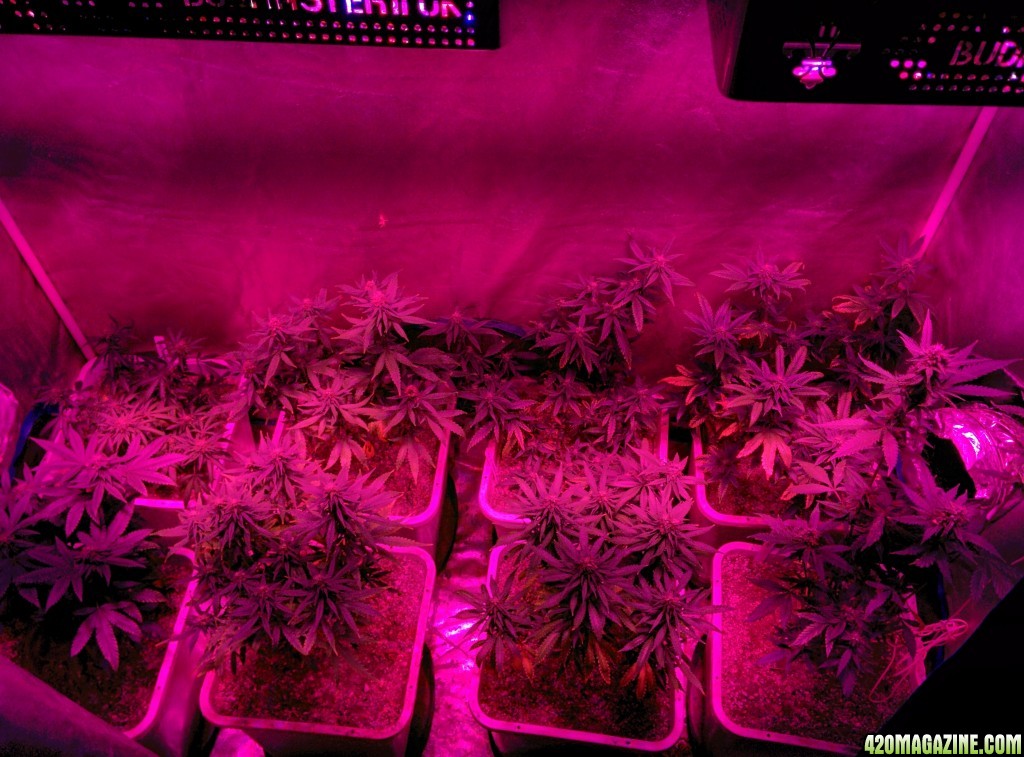
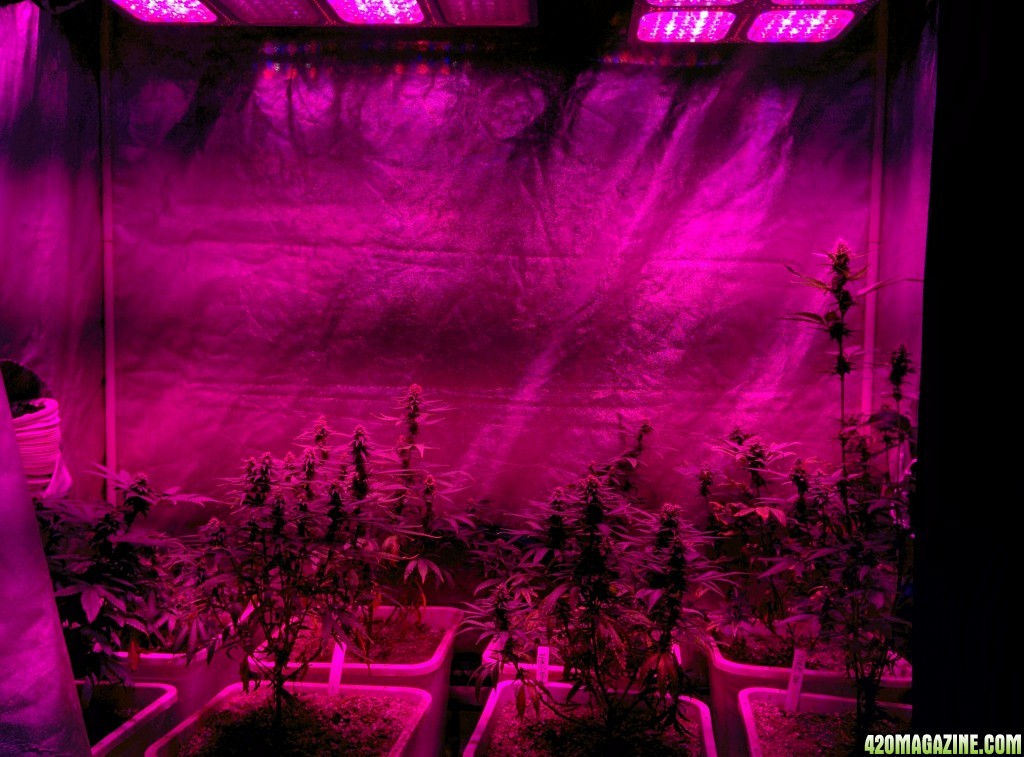
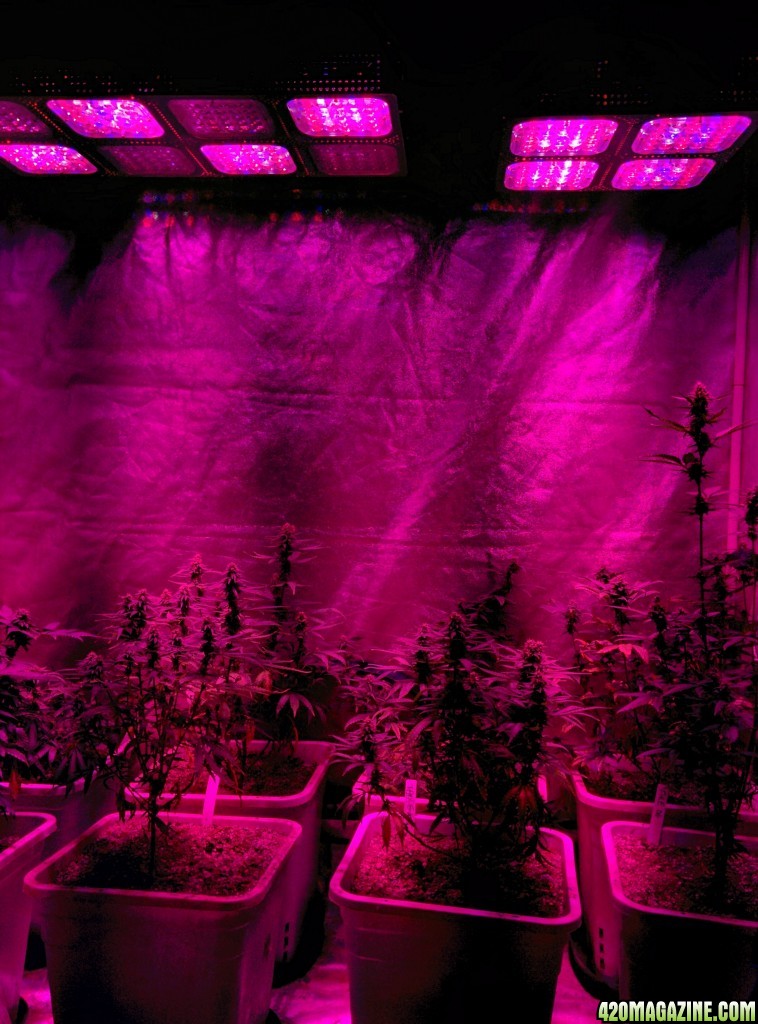
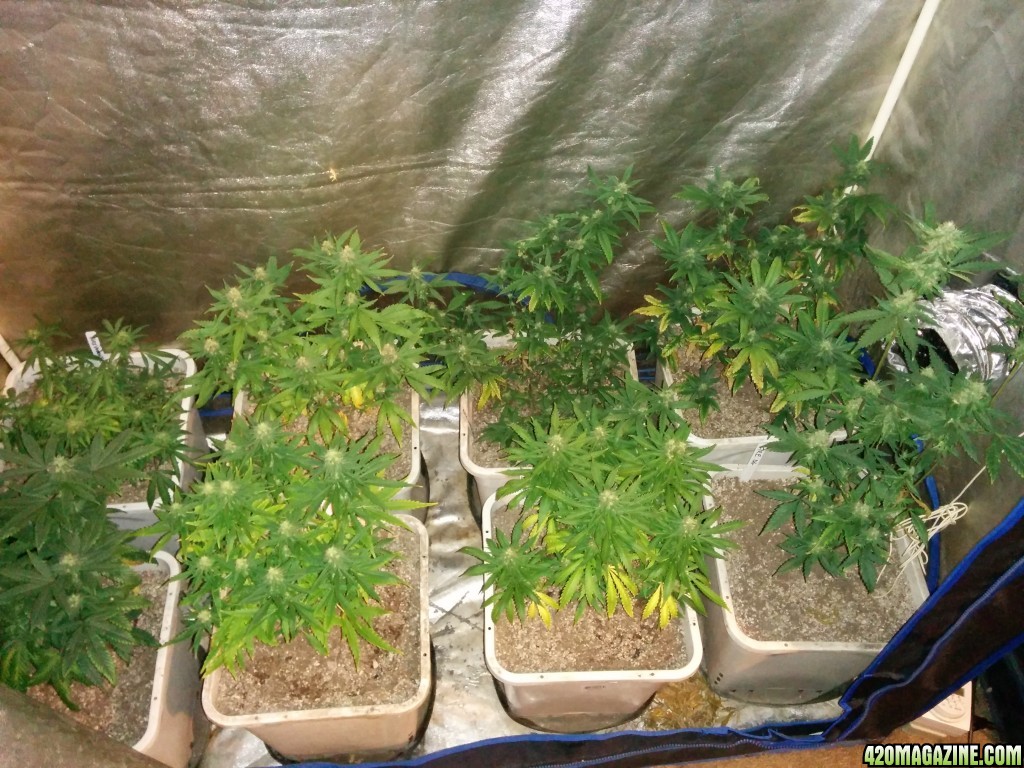
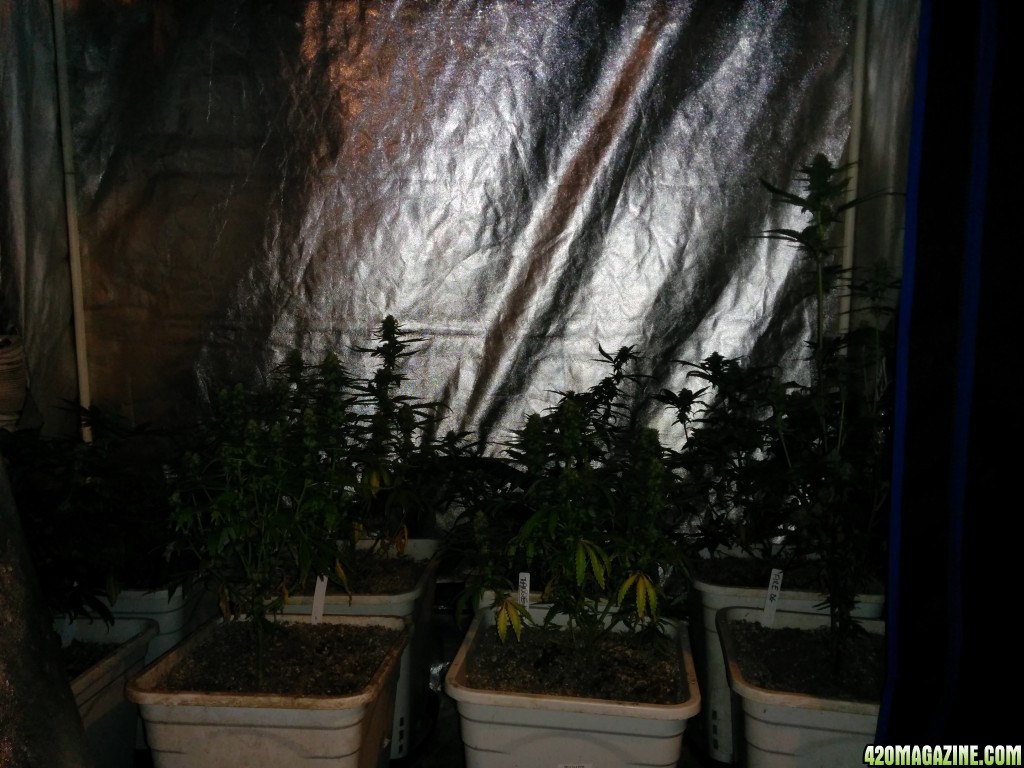
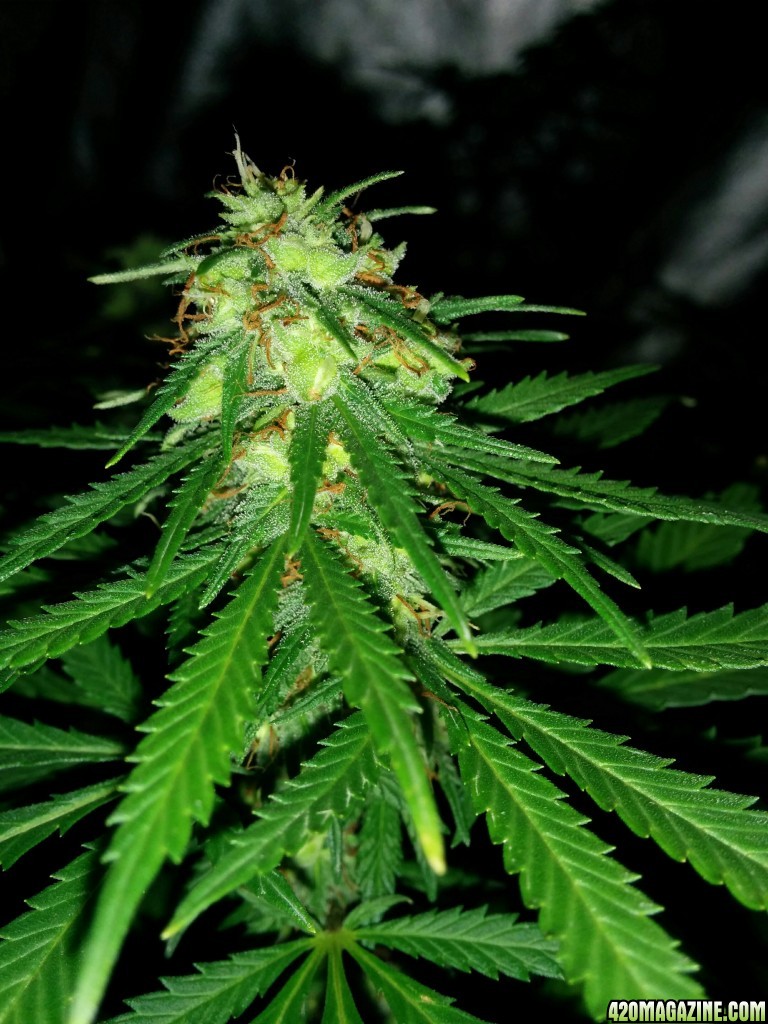
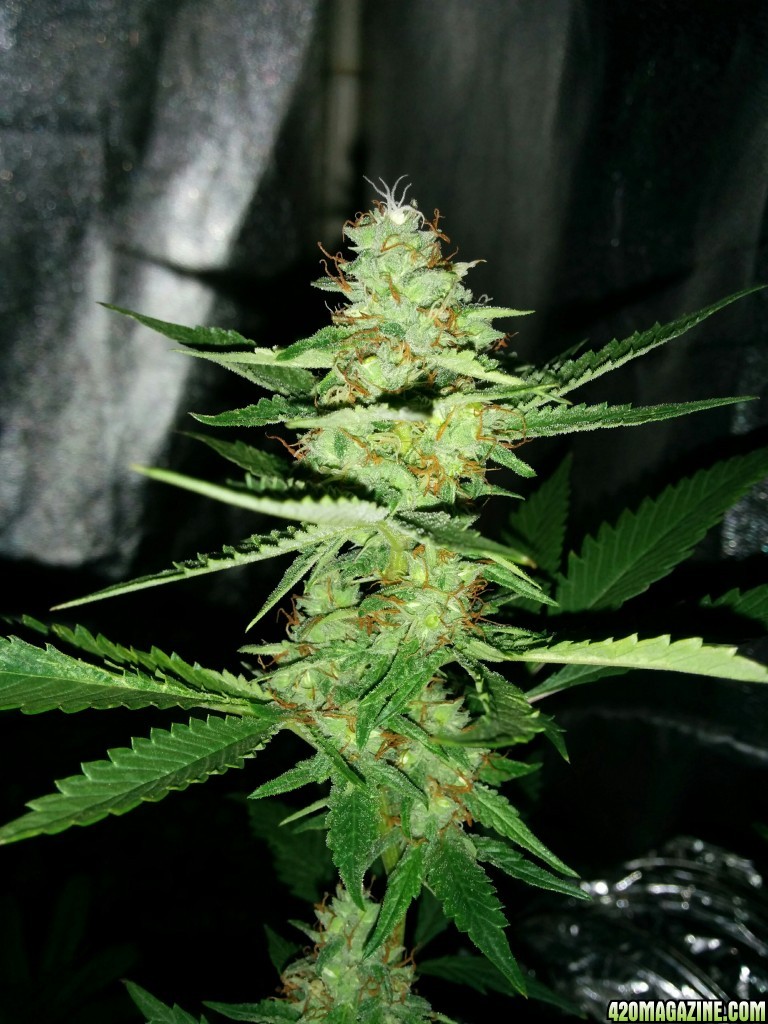
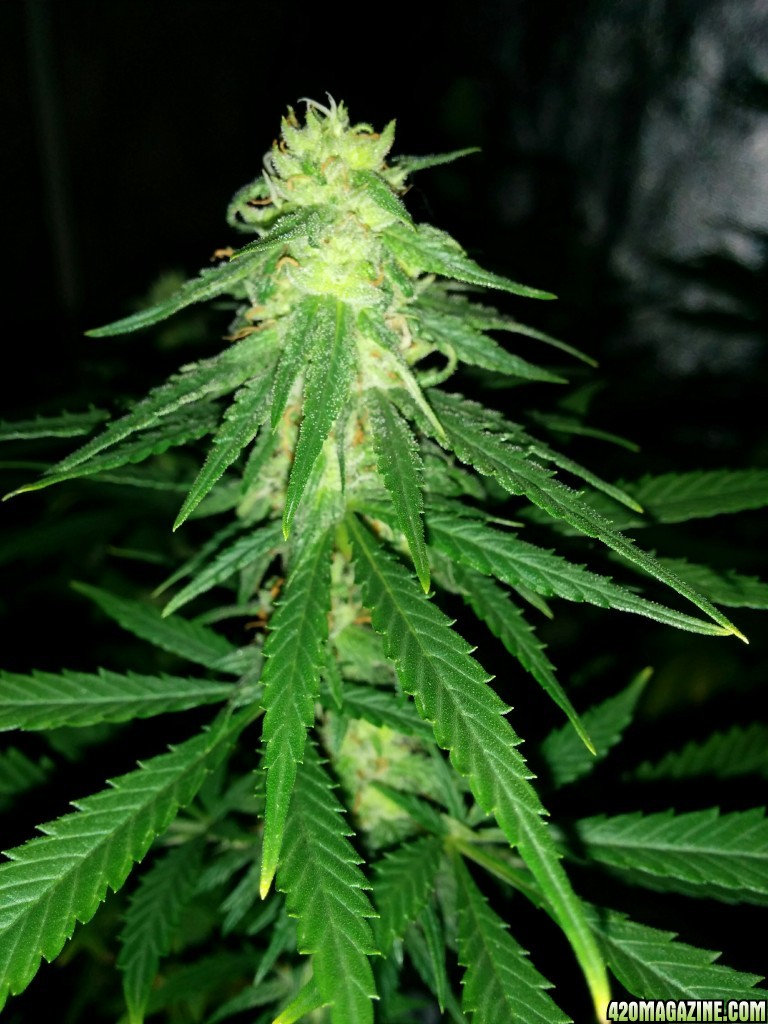
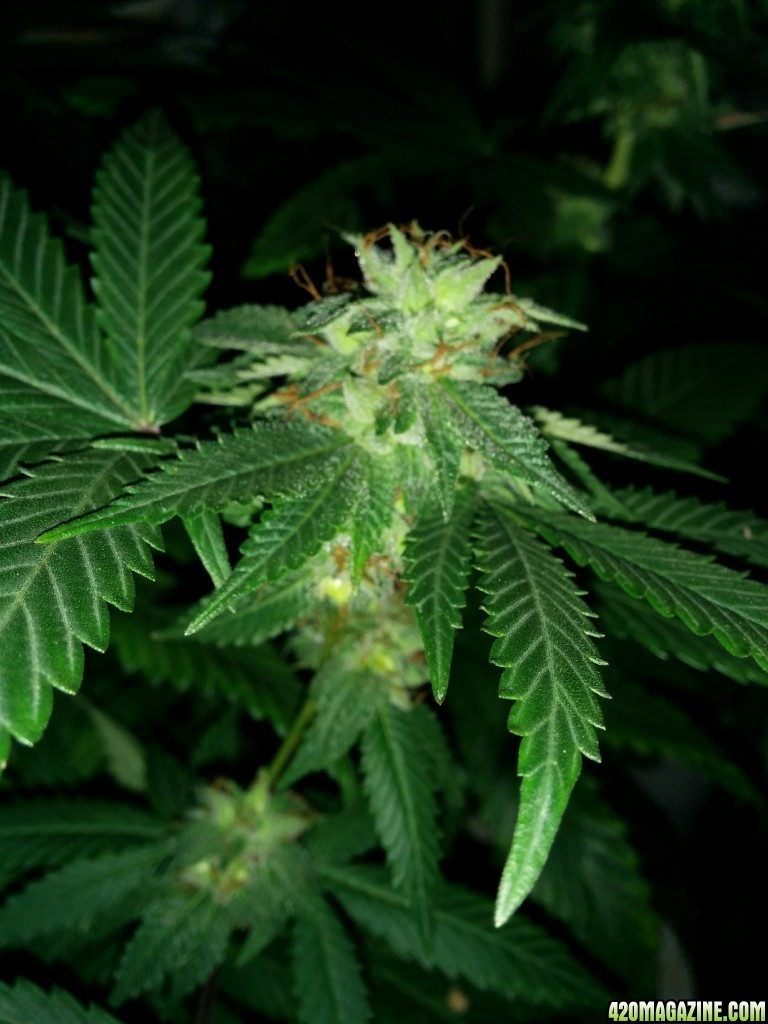
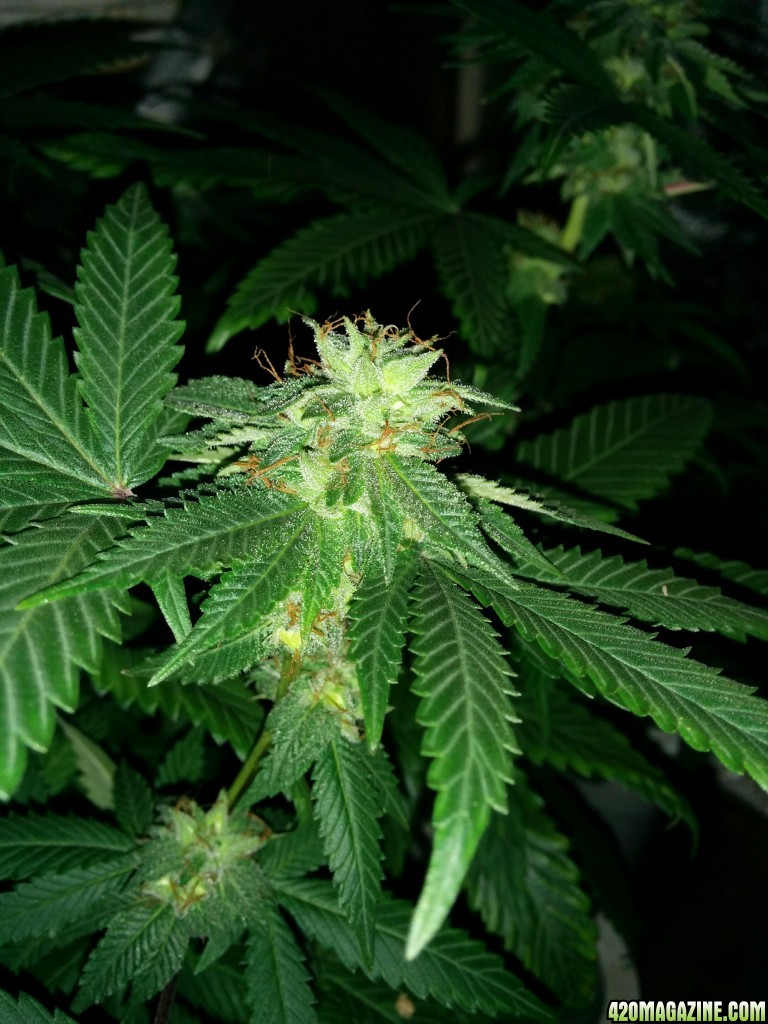
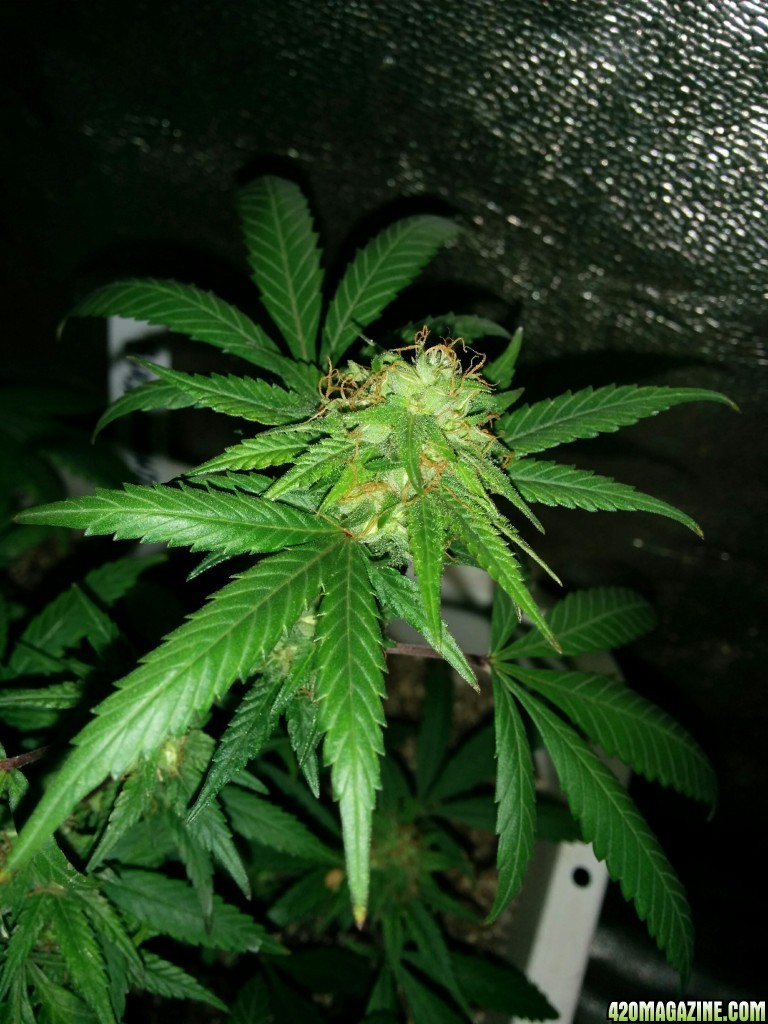
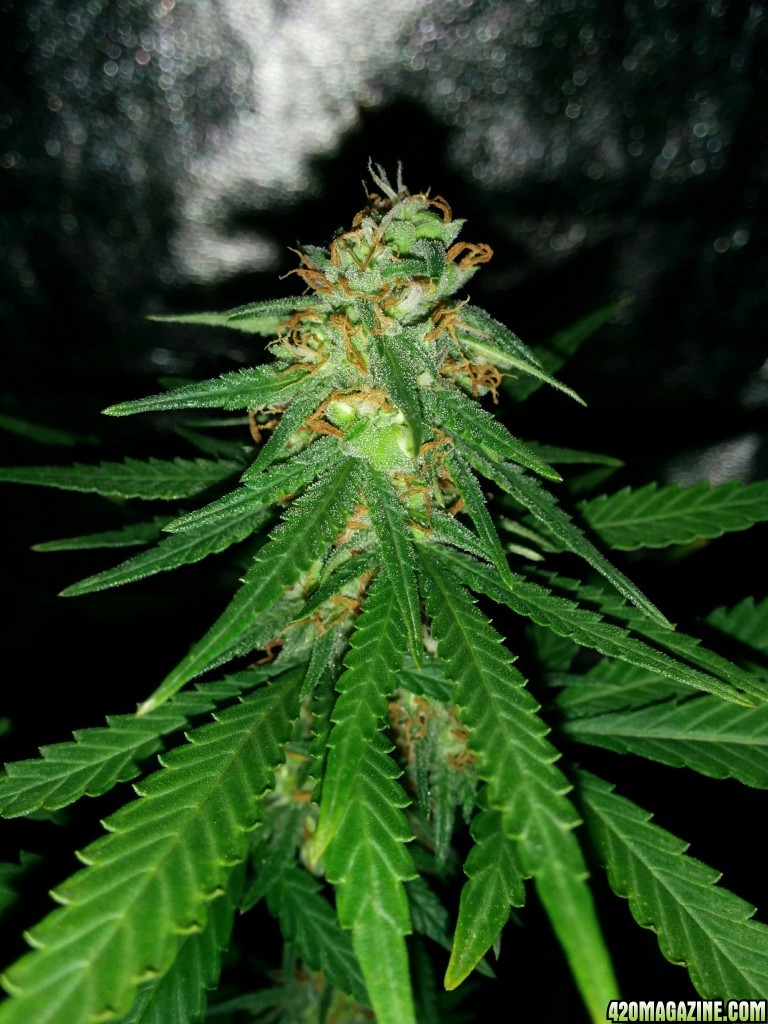
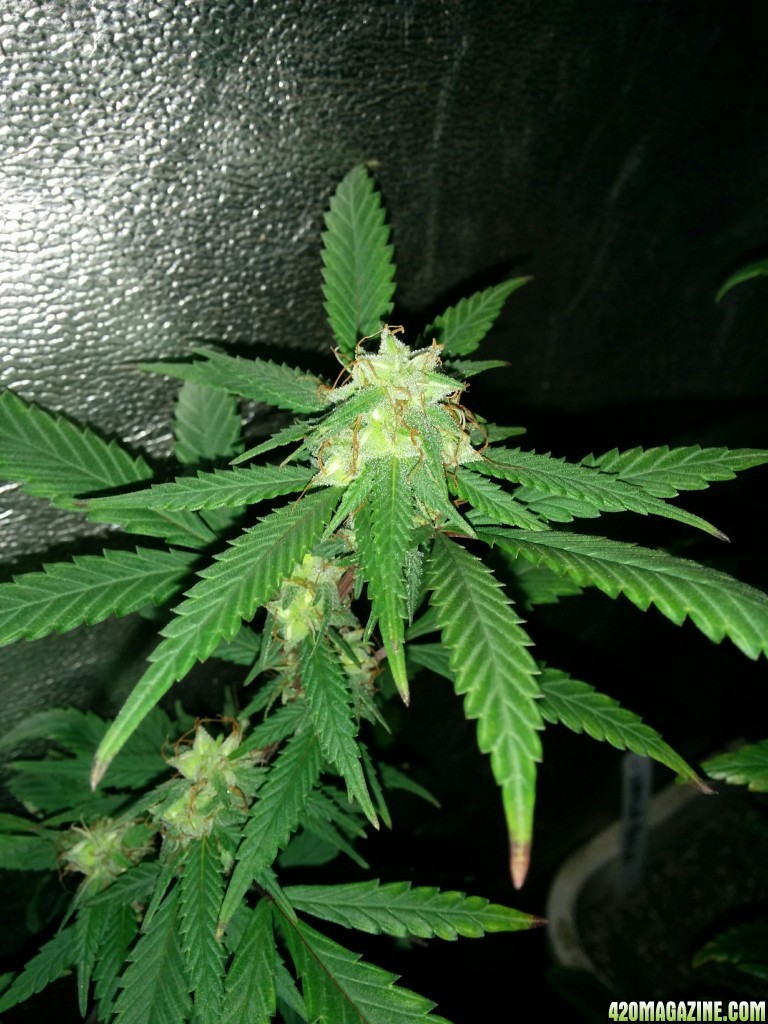
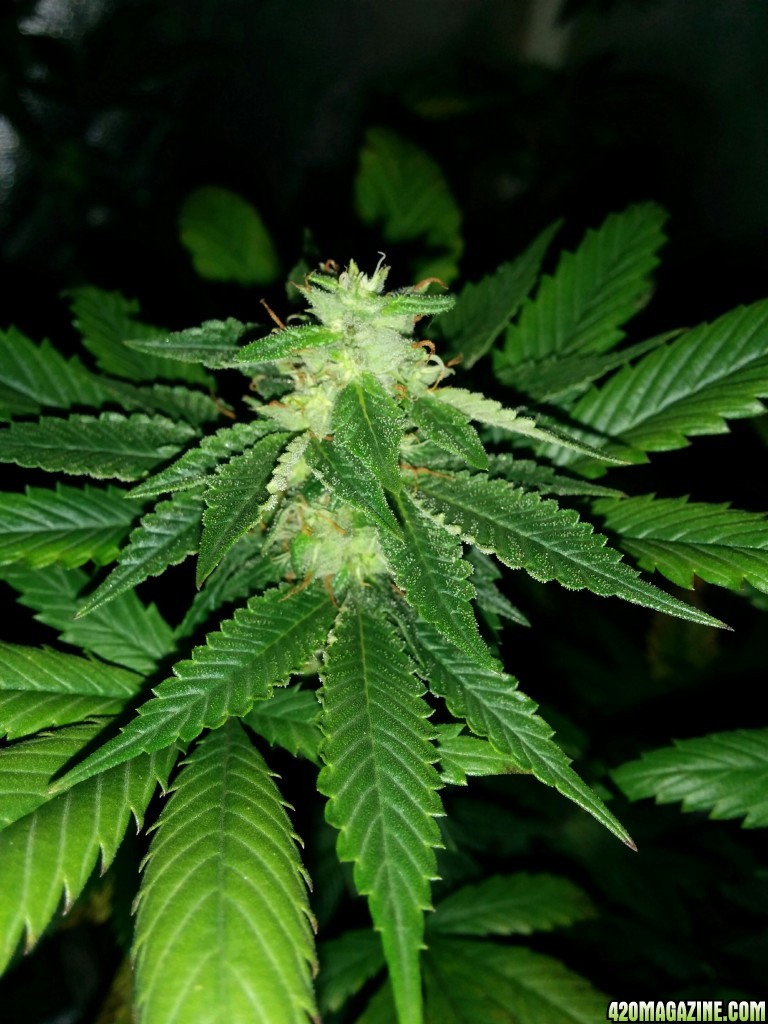
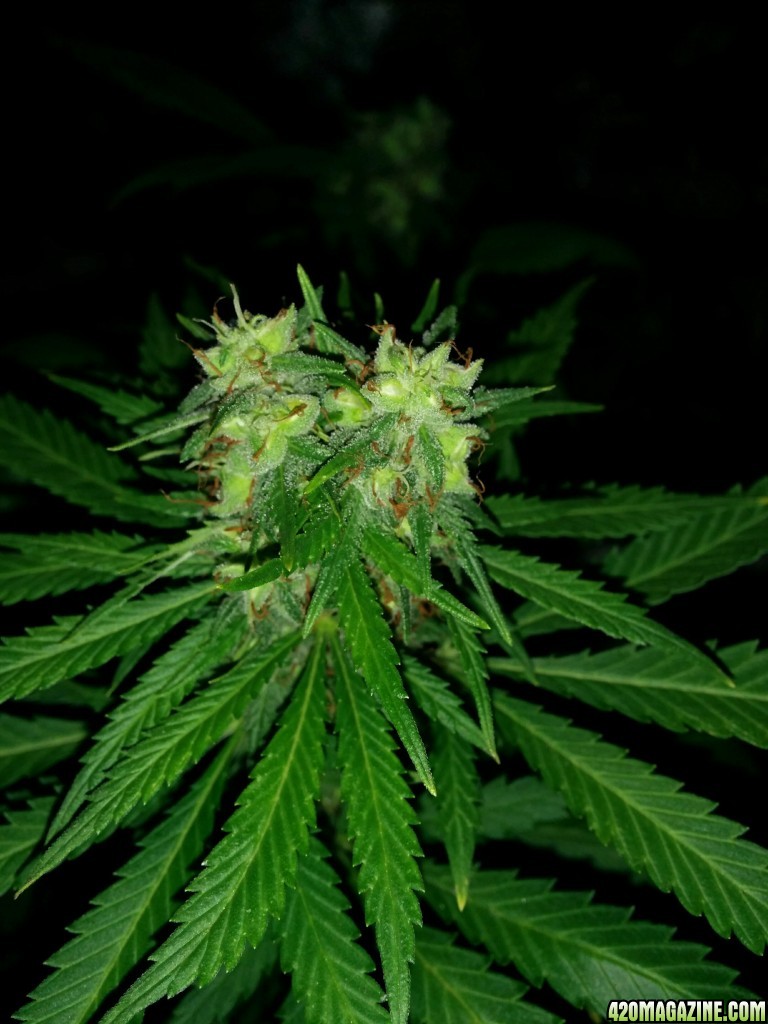
 I checked today and looked closely at all the buds on each of the plants, and all of them are covered in maturing seeds
I checked today and looked closely at all the buds on each of the plants, and all of them are covered in maturing seeds  Some strains don't even have any bud and its pretty much all seeds, where others are about 1/2 bud and 1/2 seeds. I should have a nice plentiful seed stock to work with after this grow.
Some strains don't even have any bud and its pretty much all seeds, where others are about 1/2 bud and 1/2 seeds. I should have a nice plentiful seed stock to work with after this grow. 




















 The idea of identifying strains that I use regularly and then breeding my own seeds is mighty attractive. I'm coming up on two years growing, so I still have a bit to learn before I get there. How nice to have so many experiences to draw on.
The idea of identifying strains that I use regularly and then breeding my own seeds is mighty attractive. I'm coming up on two years growing, so I still have a bit to learn before I get there. How nice to have so many experiences to draw on. 


 I'm not crafty enough to make my own but your post will help narrow down my research!
I'm not crafty enough to make my own but your post will help narrow down my research!
